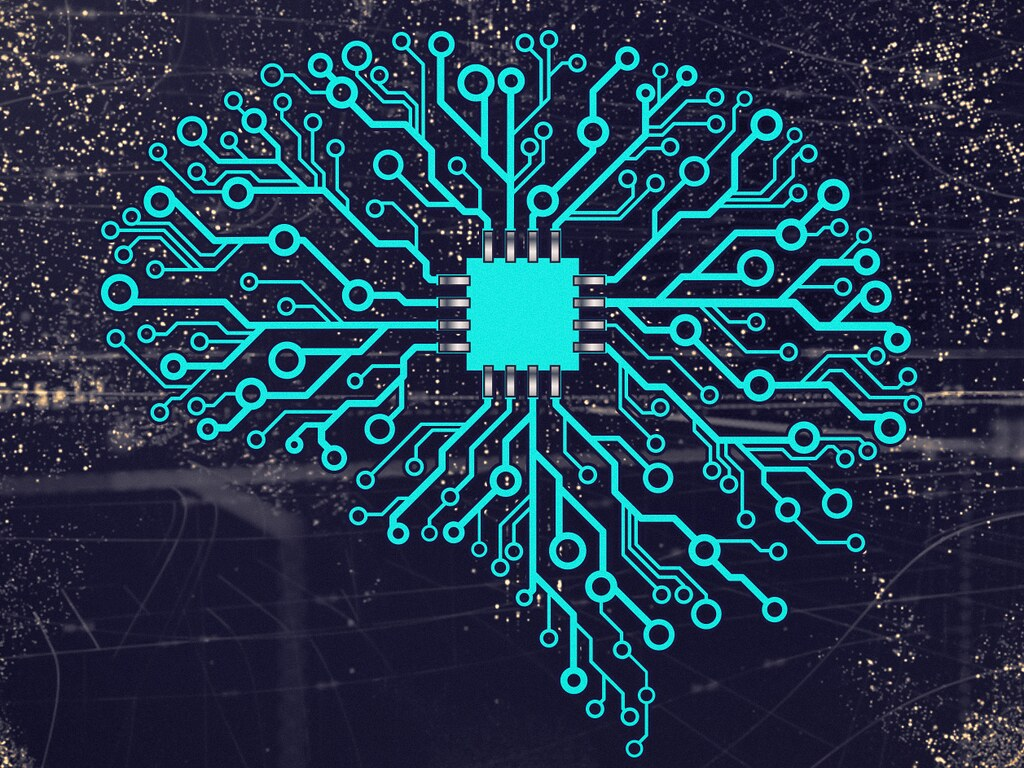
Dementia is a term used to describe a range of diseases that affect memory, thinking, personality, mood and other cognitive functions. It is further subdivided into three groups: primary, secondary, and reversible dementia. Primary dementia encompasses diseases such as Alzheimer’s disease, vascular dementia, Lewy Body dementia and frontotemporal dementia, which directly result in progressive loss of neuronal functions and make up over 70% of all dementias. Secondary dementia is due to a preexisting condition that gradually damages brain tissue over time. Reversible dementia encompasses symptoms from nutritional deficiencies or medication side effects that can be reversed with treatment [1]. The remainder of this article will focus on five diseases that can lead to secondary dementia, characterizing them by cause and management:
Hungtington’s disease
Huntington’s disease is a genetic disorder caused by a mutation on chromosome 4, which normally encodes the huntingtin protein. While the specific functions of huntingtin are not well understood, researchers have found that it plays a role in neuronal functions and fetal development. Given the genetic nature of the disease, an affected individual has a 50% chance of passing the disease down to the next generation. Huntington’s disease first presents in middle-aged individuals, and progressively worsens as neurons break down, affecting voluntary movement, behavior, thinking and emotion. Chorea is a specific type of involuntary movement, where the individual’s torso, face and limbs twitch in a dance-like manner. While there are no treatments to stop the progression of the disease, medication can help manage symptoms, such as psychosis and involuntary movements [2].
Parkinson’s disease
Parkinson’s disease is caused when cells in the basal ganglia, which makes dopamine and is responsible for motor control, are damaged. Abnormal levels of dopamine, a hormone that is part of the brain’s “reward center,” are associated with neurological disease. Symptoms of Parkinson’s disease include resting tremors, slowed movements, impaired balance, loss of autonomic movements and, in late stages, cognitive problems. There are no treatments that target Parkinson’s disease yet. Rather, symptoms can be managed with dopamine replacement, enzymes that prevent breakdown and medications for muscle rigidity [3, 4].
Creuzfeldt-Jakob disease
Creuzfeldt-Jakob disease is a rare progressive brain disorder caused when abnormally folded proteins cause normal proteins in the brain to aggregate and lose their function, resulting in neuronal loss and brain damage at a much faster rate than other forms of dementia. Symptoms include involuntary muscle movements, lack of coordination, behavior change, walking problems and balance difficulty. While the cause of Creuzfeldt-Jakob is mostly unknown, there are hereditary variants undergoing study. Medications are used to ease symptoms, and current research is targeting the activity of misfolded proteins to find new therapeutic options [5].
Wernicke-Korsakoff syndrome
Wernicke-Korsakoff syndrome presents with symptoms of both Wernicke encephalopathy and Korsakoff syndrome and is a neurological disorder caused by vitamin B1 deficiencies. Vitamin B1 maintains the brain and nervous system, so a sudden loss leads to the destruction of neurons and cells within the thalamus and hypothalamus regions, which are important for sensory processing and homeostatic regulation, respectively. Wernicke-Korsakoff syndrome is also associated with excessive alcohol use. Symptoms of cell damage include mental confusion, lack of muscle coordination and vision problems, among other complications. The primary treatments are nutritional supplements and vitamin B1 replacement therapy, which can stop the progression of symptoms. Termination of alcohol use is also crucial as a long-term treatment [6].
Multiple sclerosis
Multiple sclerosis is an autoimmune disease that damages the central nervous system, including the brain. Symptoms include essential tremors, balance, difficulty walking and chronic pain. Half of the affected individuals also experience cognitive dysfunction, such as problems with memory, recall, planning and problem-solving when nerve connections between parts of the brain are damaged. There are no known treatments yet, but medications can be administered by a specialist to suppress the immune system and slow the progression of the disease [7].
As evidenced in the five examples of secondary dementia summarized in this article, current dementia treatment is focused on palliative care for symptoms, rather than a full reversal of progression. However, present research points towards genetic and molecular studies that can potentially slow or protect against the gradual course of dementia. Researchers are confident that with more clinical trials, they can create a future with preventative treatments and a chance at a cure for dementia [8].
[1] Dementias | National Institute of Neurological Disorders and Stroke
[2] Huntington’s Disease | National Institute of Neurological Disorders and Stroke
[3] Parkinson’s Disease: Causes, Symptoms, and Treatments | National Institute on Aging
[4] Parkinson’s disease – Symptoms and causes – Mayo Clinic
[5] Creutzfeldt-Jakob Disease | National Institute of Neurological Disorders and Stroke
[6] Wernicke-Korsakoff Syndrome | National Institute of Neurological Disorders and Stroke
[7] Multiple sclerosis | Alzheimer Society of Canada
[8] What is Dementia? Symptoms, Causes & Treatment | alz.org
